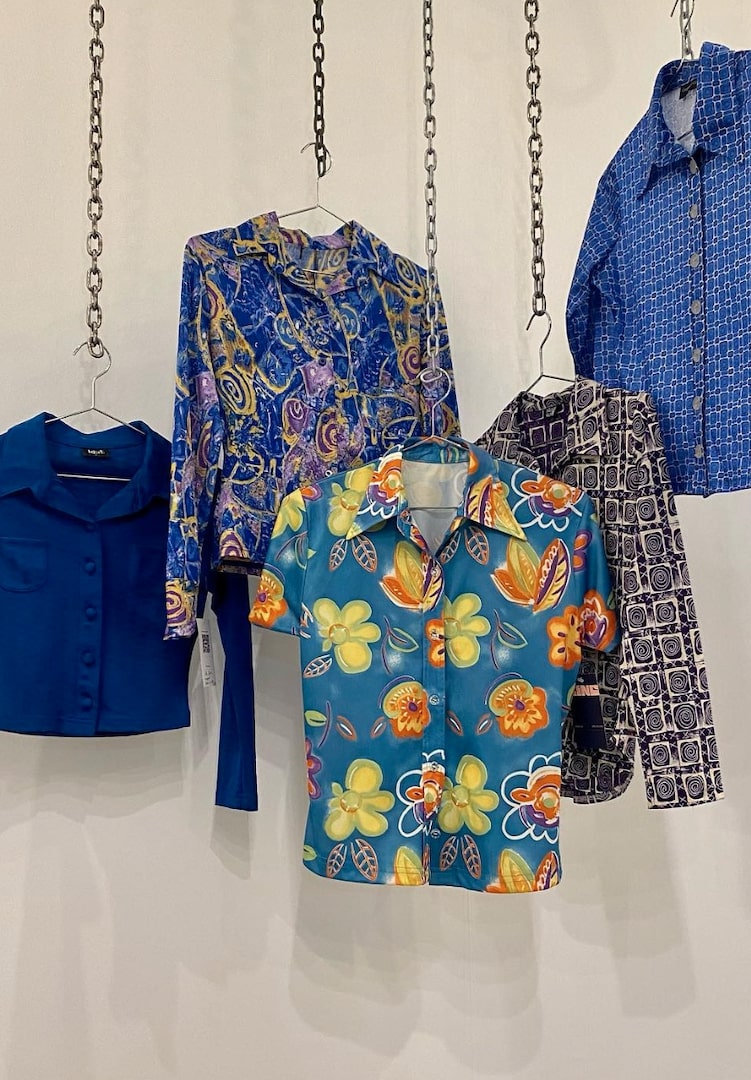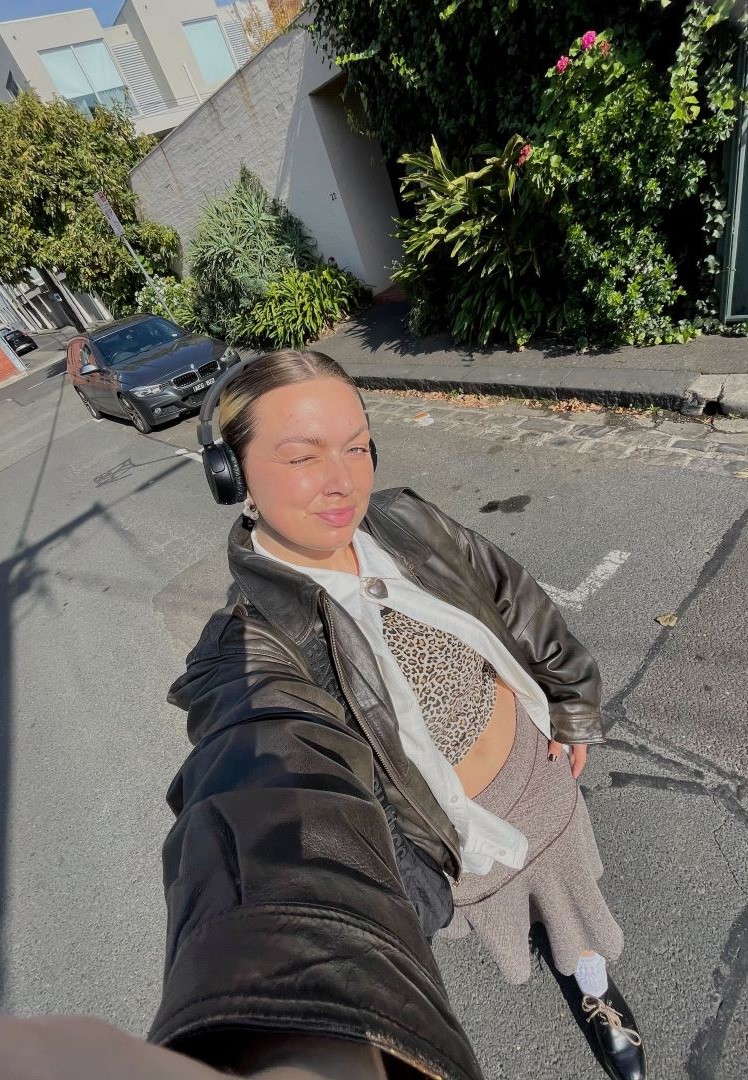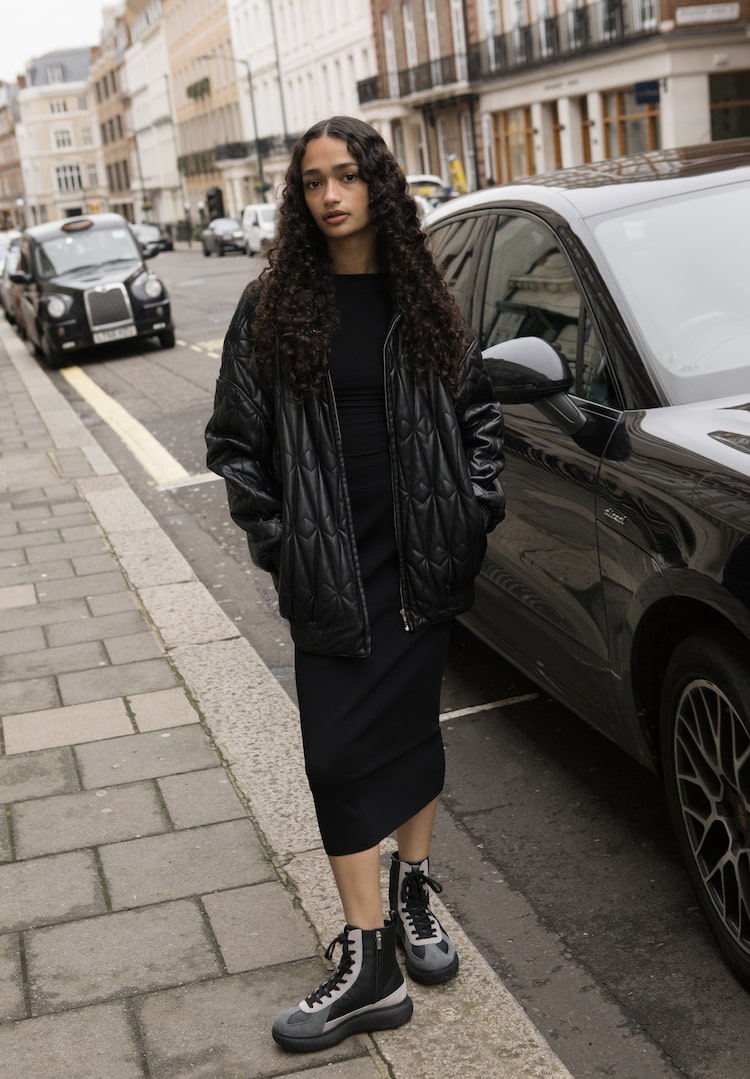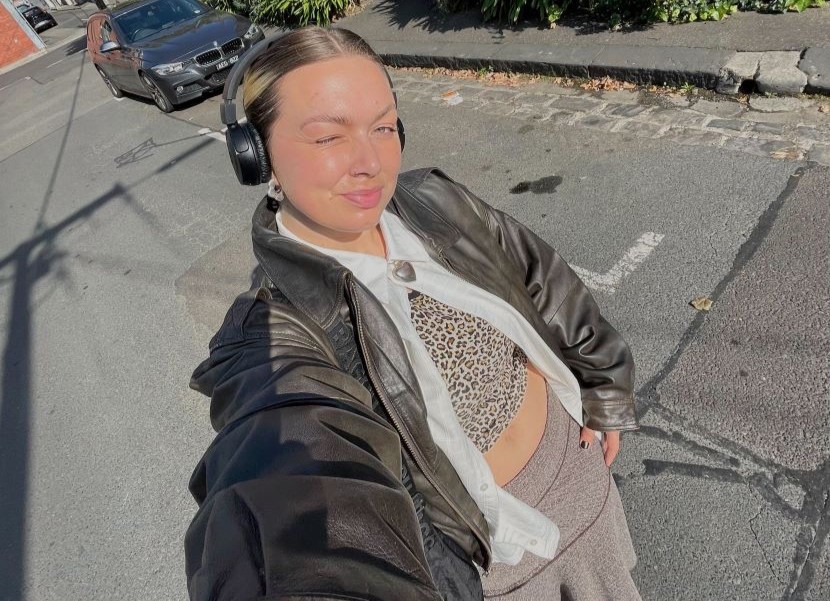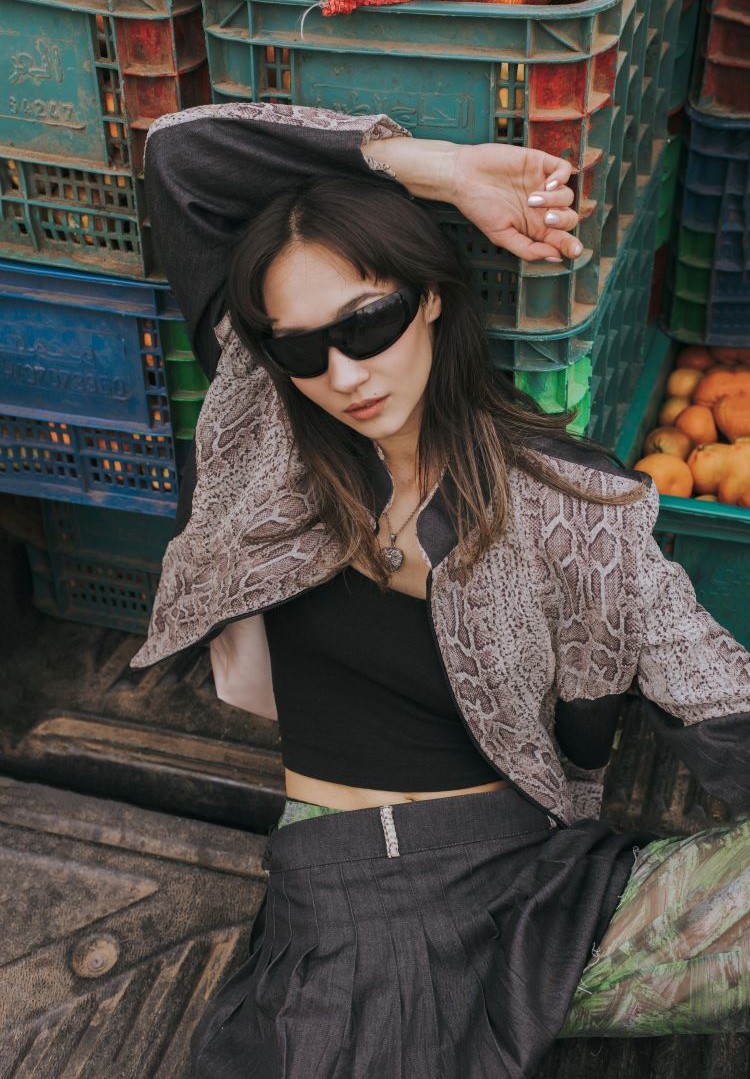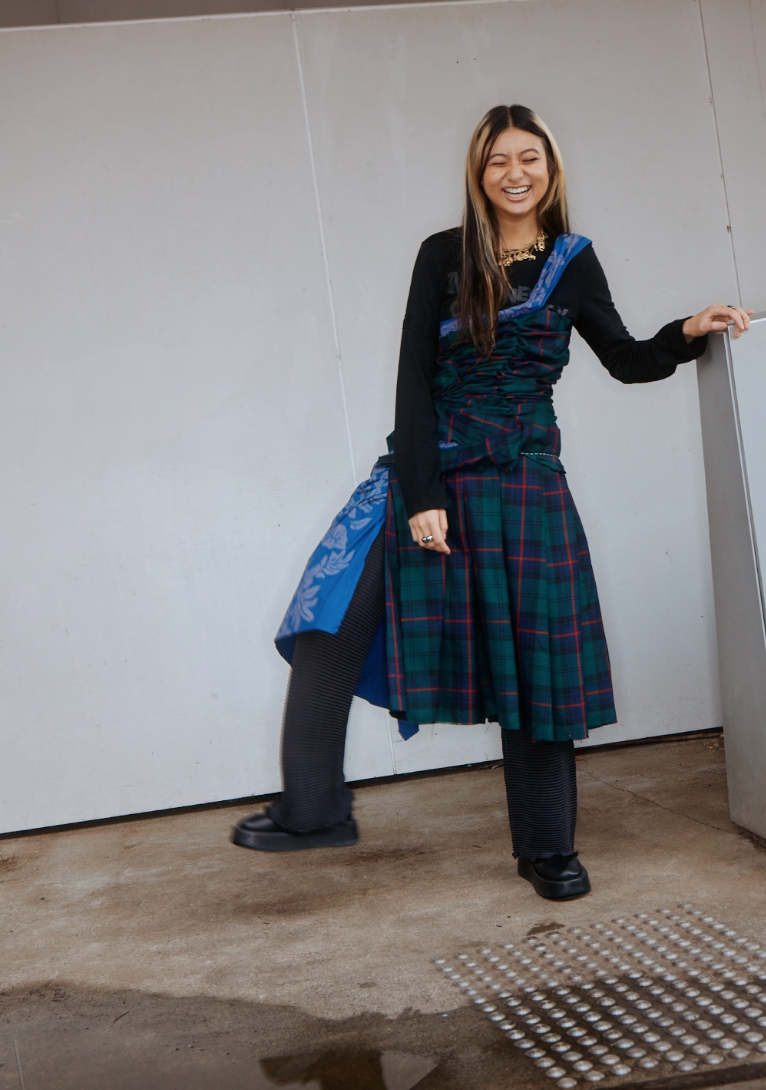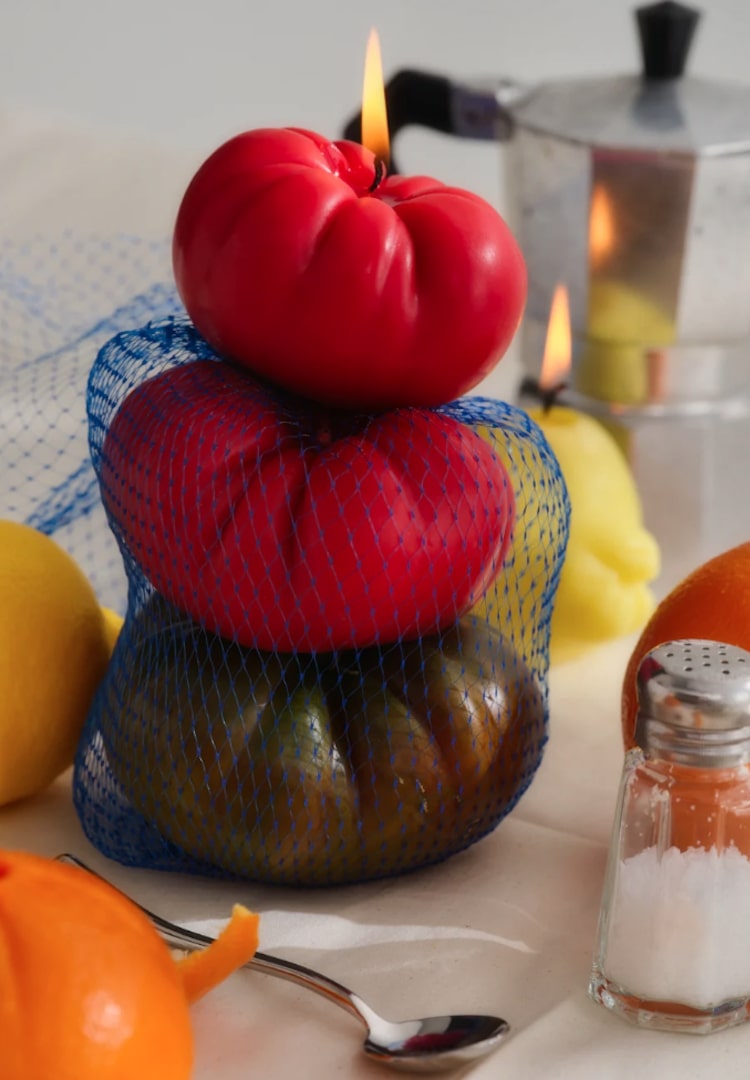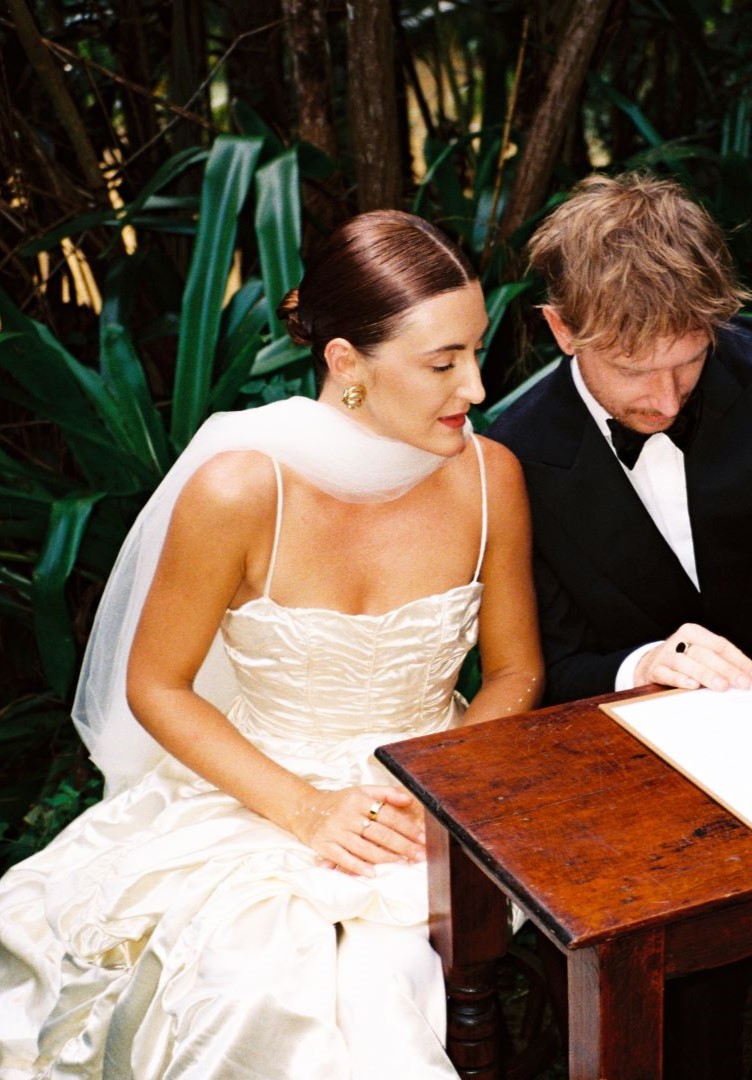How I became a more considered secondhand shopper
IMAGE VIA @_FAKE_JULES/INSTAGRAM
WORDS BY JULIA KITTELTY
“Thrifting was my enemy when it came to cultivating my personal style when it should have been my ally.”
When I was young, my mum told me that while I would probably never have much money, I would always “Look bloody good”. To this day, that pretty much sums up my attitude towards clothes. I’m constantly looking for that next piece, next pattern and next texture, just as long as it doesn’t break the bank.
Despite my love of fashion, I wasn’t super aware of op shops until I moved to Melbourne for university when I was 18. Sure, I knew they existed, but my teenage self saw much more value in perusing the sale aisles of Cotton On or Factorie (I don’t want to talk about it) than sifting through the racks at Salvos.
Looking for more fashion news and features? Head to our Fashion section.
I grew up surrounded by secondhand goods, which may explain my initial aversion to op shops. My family owned an auction house that sold everything under the sun, from 19th-century furniture and stacks of Little Golden Books to vintage dressmaker models and weirdly lifelike china dolls. Most decor in our house was secondhand, and family holidays were punctuated with trips to local op shops, where my dad usually found a designer shirt for under $10.
I suppose I wasn’t very invested in what I was wearing (apart from the melodramatic breakdown I had about my year eleven formal afterparty outfit, but we won’t go into that). My mum would take me and my younger sister on a yearly trip to Highpoint or Chadstone, handwritten lists in tow, ready to do four seasons’ worth of shopping in six hours.
I’d buy the first pair of jeans I tried on that fit me, the top from Dotti I’d seen that cool girl at school wearing even though it didn’t suit me and three-quarter leggings because Mum insisted they would be “So chic” under a short ruffled skirt.
When I made the move from Ballarat to Melbourne, suddenly I was walking around a huge campus and seeing people express themselves through what they were wearing. I felt underdressed and inadequate. But I was lucky enough to live on campus, a short tram ride away from Sydney Road. A mecca of op shops, consignment stores, vintage boutiques, and of course, my Achilles heel to this very day, Savers, it seemed the perfect place to begin.
When I say I took advantage, that’s an understatement. To this day, most of my wardrobe is secondhand, but the problem back then was that I didn’t know who I was. I didn’t know what my fashion identity was, and I didn’t know what I wanted my clothes to say.
I’d buy things I’d seen on other people, for that reason only. I’d pick up a jumper because I loved the colour, even though it didn’t fit quite right. I wouldn’t consider what these pieces would look like on my body, and how they would work with my preexisting wardrobe and sense of style.
I bought these items just because they were cheap. I had no vision, no blueprint, no plan. It was a whole new world that I ran into with reckless abandon, wallet first. I ended up, as is a surprise to nobody, with stacks of poor-quality clothing that I never wanted to wear because none of them fit me properly.
Looking back, I think the main issue was the sheer scale of secondhand clothing that was on offer. When you’re standing there looking at racks upon racks of clothing, of course, you’re going to overconsume. I didn’t realise that efficient thrifting was about curation and careful collection. Little 18-year-old me thought it was about buying as much as possible, as quickly as possible. Sure, I’ll never wear it, but it was $3! How could I resist?
I somehow toed the line between refusing to broaden my horizons and trying to fit an aesthetic I didn’t even know how to define. I thought I had to limit myself to certain items and styles, and yet I still had a completely unwearable wardrobe. Thrifting was my enemy when it came to cultivating my personal style when it should have been my ally.
Of course, there were some exceptions. I remember walking out of a RetroStar warehouse sale with a pile of clothes so large in my hands I could barely see where I was walking. I recall nothing of what I found that day except one particular jacket – a bluey-green cotton jacket that is, to this day, one of my favourite pieces of clothing. The secondhand style seed was there, it just needed watering.
I’ve lived in Melbourne for seven years now, and these days I comfortably dress to a different vibe every day of the week. I wouldn’t say that the novelty of thrifting has worn off; if anything I love it more now than I did back then. And I did end up donating a lot of the items I bought early on, for some other fashion tragic to buy and love, so I don’t feel too guilty about owning so much stuff back in the day.
Some practical advice
When I venture into thrift stores now, I have to be strict with myself. To help fellow thrifting addicts out, I’ve compiled a small list of advice I learnt the hard way.
- Buy good quality pieces that are still in good nick. Check for holes, pilling and discolouration.
- Make a thrifting wishlist. This will help you manifest your dream wardrobe. Use Pinterest, social media fashion creators, newsletters or your favourite brands as inspiration. If you know what you’re looking for, you’re much less likely to buy items you don’t need and you won’t wear.
- Don’t buy pieces that ‘almost’ fit. Buy pieces that have that X factor and make you feel good in your body.
And these are some questions to ask yourself when you’re standing in the changeroom stuck between a yes and a no.
- Can you think of at least three pieces you already own that you could wear with this new piece?
- Would you buy it if it was priced as new?
- What do you love about it?
- Do you have a similar piece already?
Do you really need that piece?
Recently, I started working in a thrift store which has been a real challenge when it comes to overconsumption. I get a pretty generous staff discount, and it’s absolutely an exercise in self-control. One of my favourite after-hours purchases has been an incredible oversized brown leather jacket. It’s an item that’s been on my wishlist for (literally) years, and I’ve honestly worn it every second day since I bought it.
A few days ago, a jacket came through the store that was almost exactly the same, except it was a beautiful dark grey colour. I immediately wanted it. I asked Maddie, my manager (and an angel!), to convince me not to buy it. “You don’t need two staple leather jackets,” she told me. “Make it your project to sell,” she said, “instead of buying it yourself. Sell it to someone who will get more wear out of it than you, who hasn’t found their perfect leather jacket yet.” And so I did. No one’s bought it yet, but they will. And they will love it as much as I love mine.
For more on thrifting and overconsumption, head here.

